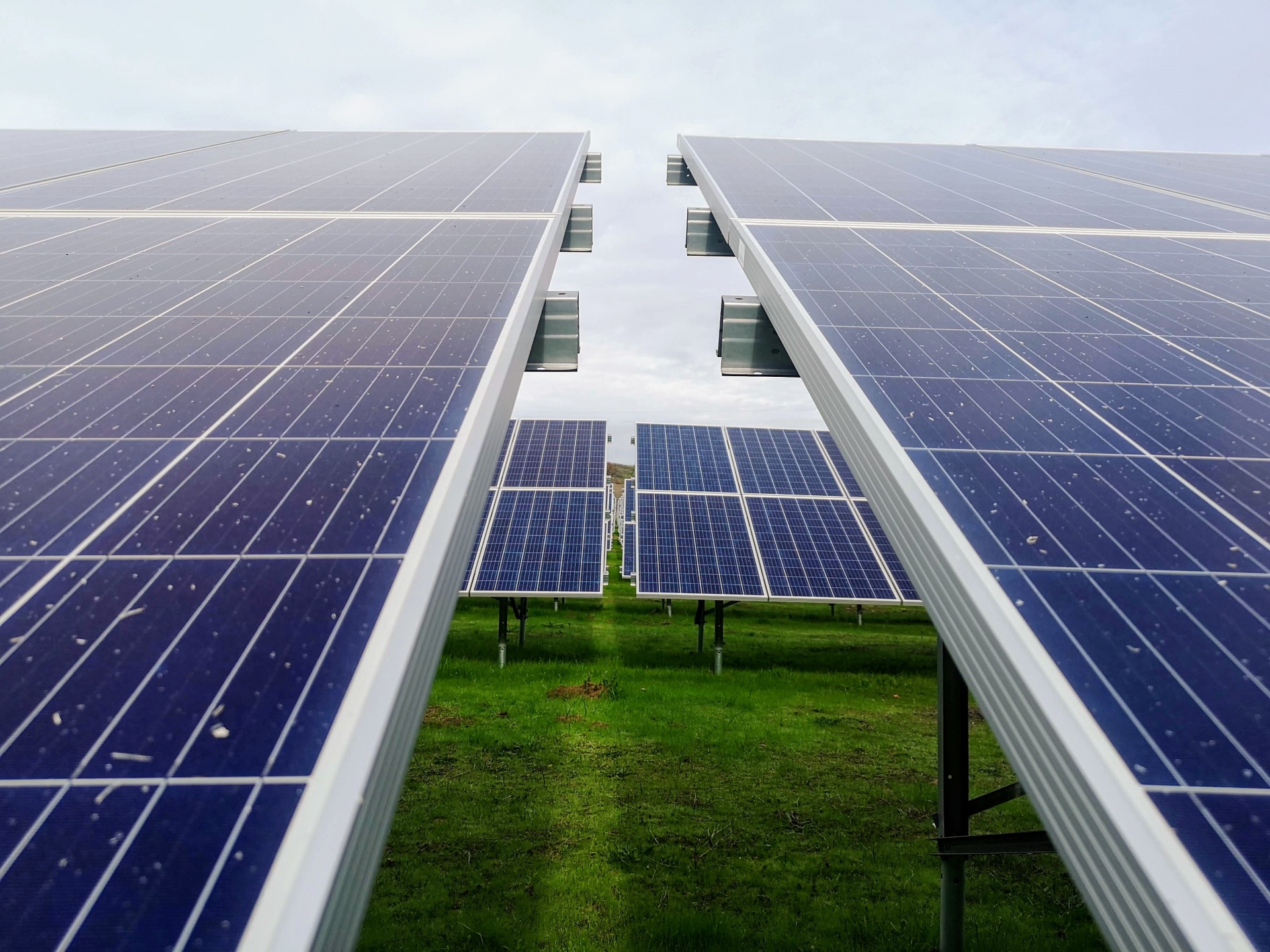 In Southeast Asia, including Vietnam, low-carbon mobility and clean power have the potential to contribute $90 billion to $100 billion in revenues by 2030.
In Southeast Asia, including Vietnam, low-carbon mobility and clean power have the potential to contribute $90 billion to $100 billion in revenues by 2030.According to the new report, "Renewable Energy Manufacturing: Opportunities for Southeast Asia," the region's solar photovoltaic (PV) cells, battery, and electric two-wheeler industries presents an estimated $90 billion to $100 billion revenue opportunity by 2030, with a potential six million renewable energy jobs to be created by 2050.
The report is by Asian Development Bank, Bloomberg Philanthropies, ClimateWorks Foundation, and Sustainable Energy for All, and explores how to support the development of the clean energy manufacturing sector in Southeast Asia and help countries reap its immense economic potential while mitigating the impacts of climate change.
Accordingly, solar PV manufacturing capacity in Southeast Asia is largely concentrated in cells and modules, with the potential to achieve an aspirational capacity of 125–150GW module capacity by 2030.
Southeast Asia is deemed as a solar PV manufacturing hub with 2–3 per cent of the world’s polysilicon and wafer capacity and 9–10 per cent of the world’s cells and modules capacity. Production is concentrated in four countries: Vietnam, Laos, Cambodia, and Thailand.
According to countries’ power development plans, solar installed capacity in the region is expected to grow from 25GW in 2021 to 52GW in 2030, with an average annual capacity addition of about 3GW over the period. While the region’s module supply capacity is expected to grow as well, demand for imports might persist in individual countries with a smaller manufacturing footprint.
There is likely further room to encourage renewables deployment through policy. In the region, only Vietnam scores a ‘high’ on the World Bank’s Regulatory Indicators for Sustainable Energy score for renewable energy, suggesting that solar PV demand could further increase among countries that pursue regulations to promote adoption.
In addition, there is potential for Southeast Asia to develop a regional battery manufacturing value chain, increase national and regional demand, and establish itself as a regional and global export hub, producing 140-180GWh of battery cells by 2030.
In Vietnam, the growth of electric vehicles is the main driver of battery demand due to the high vehicle demand and the potential for vehicle electrification.
Meanwhile, assembly capacity for electric-two wheelers in Southeast Asia is 1.4–1.5 million units per annum, with the potential to reach four million units by 2030. For instance, Vietnam is projected to realise 15 per cent electric-two wheeler penetration by 2030, rising to 100 per cent in the following decade were the country to realise its target of 100 per cent electric-two wheeler sales penetration by 2040